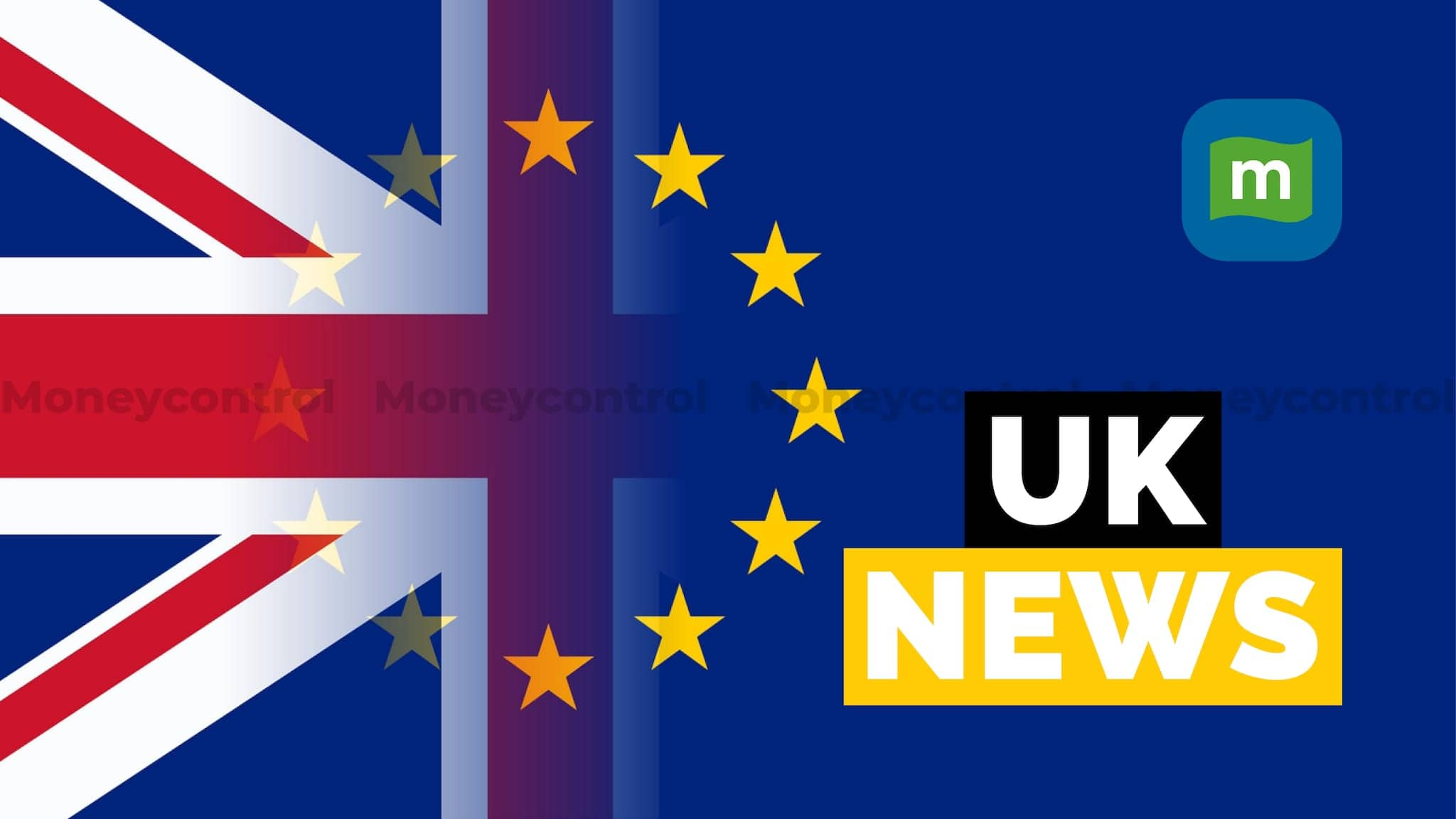Philippines' Tech Gap in Identification: Catching Up to Global Standards?

Is the Philippines lagging behind in identification technology? In a world increasingly reliant on biometric solutions like eye scanning, voice recognition, and facial identification, the Philippines finds itself trailing behind global leaders. This is the second part of a two-part series exploring the current state of identification technology in the nation and the potential for improvement.
The reality is stark. While countries like Singapore boast incredibly advanced medical equipment and seamlessly integrated identification systems, the Philippines faces significant hurdles. This disparity isn't just about convenience; it impacts everything from healthcare access and security to financial inclusion and efficient public services.
The Current Landscape: Challenges and Opportunities
Currently, many identification processes in the Philippines still rely on traditional methods like physical IDs and manual verification. While these methods aren't inherently flawed, they are prone to errors, fraud, and inefficiencies. The lack of widespread biometric identification systems creates vulnerabilities and limits the potential for streamlined services.
However, this gap also presents a significant opportunity. By embracing and implementing advanced identification technologies, the Philippines can leapfrog outdated systems and build a more secure, efficient, and inclusive society. The key lies in strategic investment, robust infrastructure, and a clear regulatory framework.
Learning from Global Best Practices
Examining the experiences of nations like Singapore provides valuable insights. Their advanced medical equipment is intrinsically linked to sophisticated identification systems, allowing for accurate patient identification, personalized treatment plans, and efficient data management. This level of integration is currently lacking in the Philippines.
Furthermore, the adoption of biometric identification in areas like border control, law enforcement, and financial services has proven to be highly effective in enhancing security and preventing fraud. The Philippines can draw inspiration from these successful implementations and adapt them to its unique context.
The Path Forward: Investment, Infrastructure, and Regulation
Bridging the technology gap requires a multi-faceted approach:
- Strategic Investment: Prioritizing investment in biometric identification technologies, particularly in healthcare, government services, and financial institutions.
- Robust Infrastructure: Developing a reliable and secure infrastructure to support the collection, storage, and processing of biometric data. This includes ensuring data privacy and security to address public concerns.
- Clear Regulatory Framework: Establishing a clear and comprehensive regulatory framework that governs the use of biometric identification technologies, ensuring ethical implementation and protecting individual rights.
- Public Awareness and Education: Educating the public about the benefits of biometric identification and addressing concerns about privacy and security.
Conclusion: A Future Powered by Secure Identification
The Philippines has the potential to transform its identification systems and unlock a new era of efficiency, security, and inclusivity. By embracing technology, learning from global best practices, and addressing the challenges head-on, the nation can catch up to the global standard and build a future powered by secure and reliable identification.






